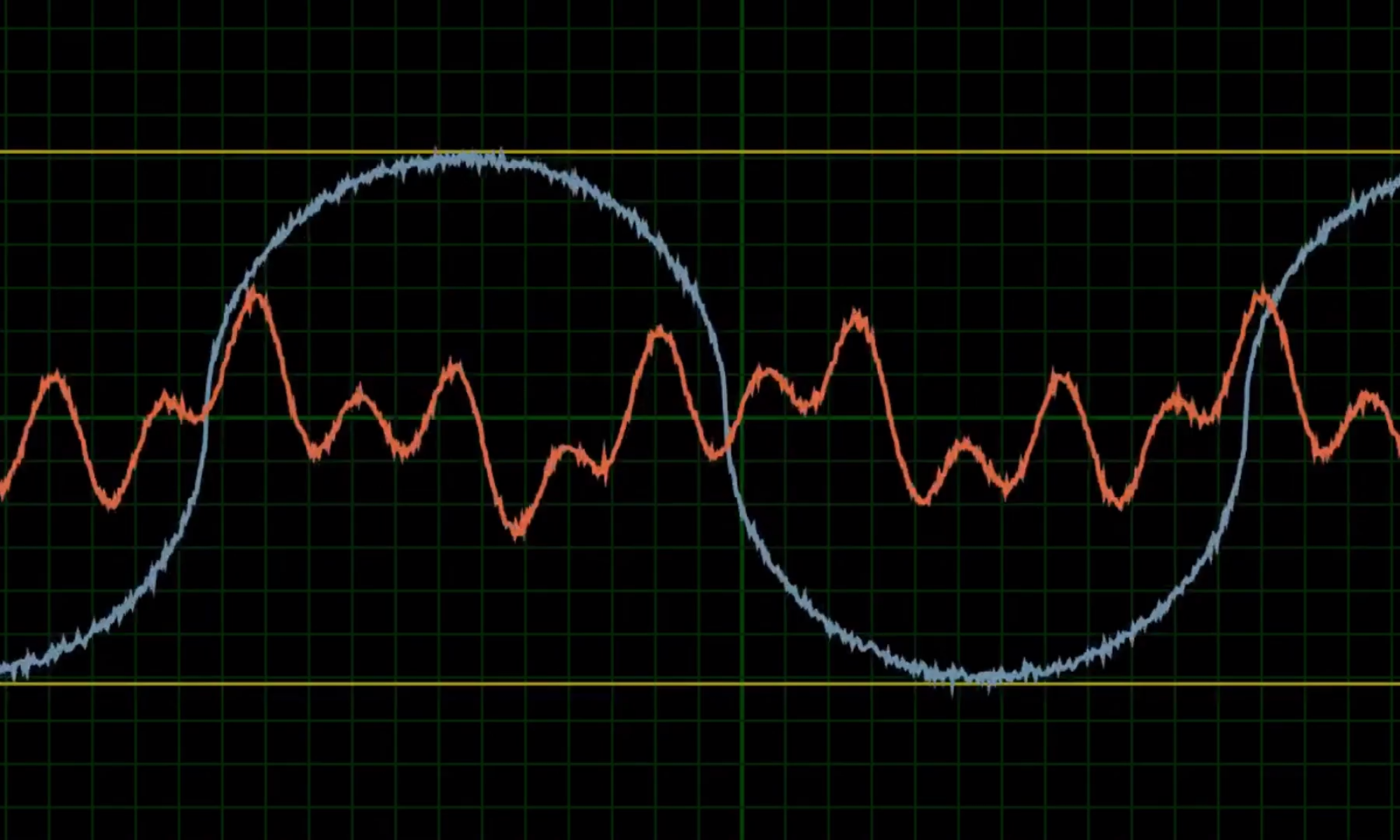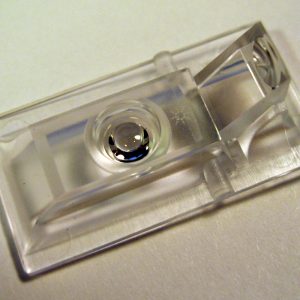The measurement of position or displacement is a fundamental task in sensor technology. While reflective distance sensors utilizing lasers and optical fibers are extremely accurate, many situations make their use difficult based on issues such as cost, drive circuit complexity or safety. For example, at infrared wavelengths the lasers pose a hidden safety hazard, which restricts their use in open environments. LED Reflective Distance Sensors (LED-RDS), also known as photoreflectors, provide a cost effective alternative with a compact footprint, simple drive circuit and inherently safe operation. However, it is unclear if these sensors can enable high resolution distance measurements on rotating and translating surfaces such as gears or tires.
To accurately evaluate the performance capability of LED-RDS, an experimental facility featuring temperature monitoring, 24-bit signal logging and a micrometer translation stage has been developed. Results demonstrate that the OSRAM™ SFH9206 LED-RDS can be used to accurately measure the displacements of specular reflecting targets. For both high (0.98) and moderate (0.31) target reflectivity, the sensor was configured to offer sensitivities better than 1.0μm/mV, over a 1% Full Scale Output (FSO) linear range of approximately 500μm. Background noise inherent to the circuitry is minimal, with the sensor resolution of ?.????√??⁄ or better. However, thermal drift of approximately 13μm/K is an issue for these sensors. This is compensated for through the use of temperature dependent resistors.
There is an IEEE Access paper available for download on this project available.
Khubchandani S, Hodkiewicz MR, Keating A. Characterizing the Performance of LED Reflective Distance Sensors. IEEE Access. 2017;5:14289-97.


